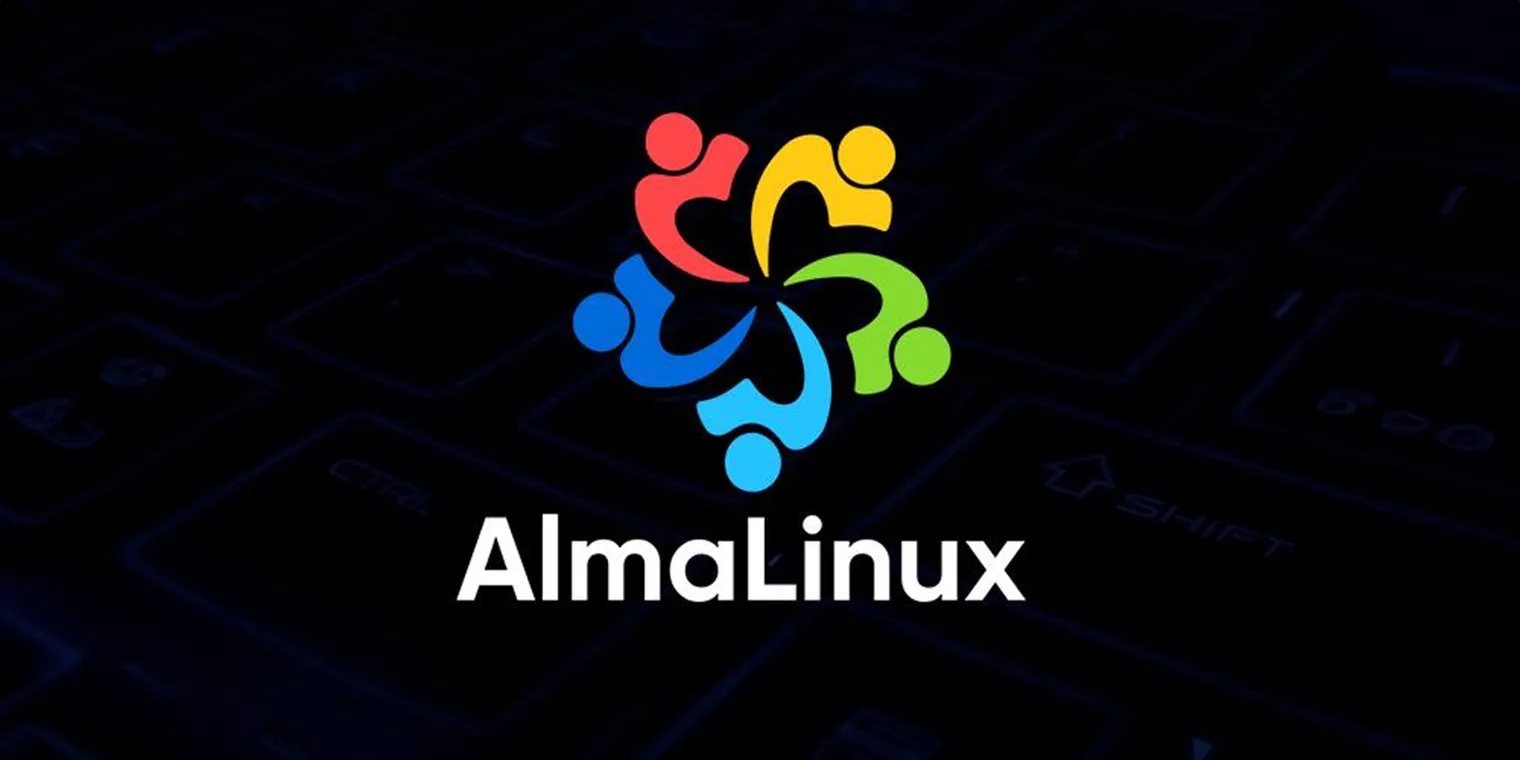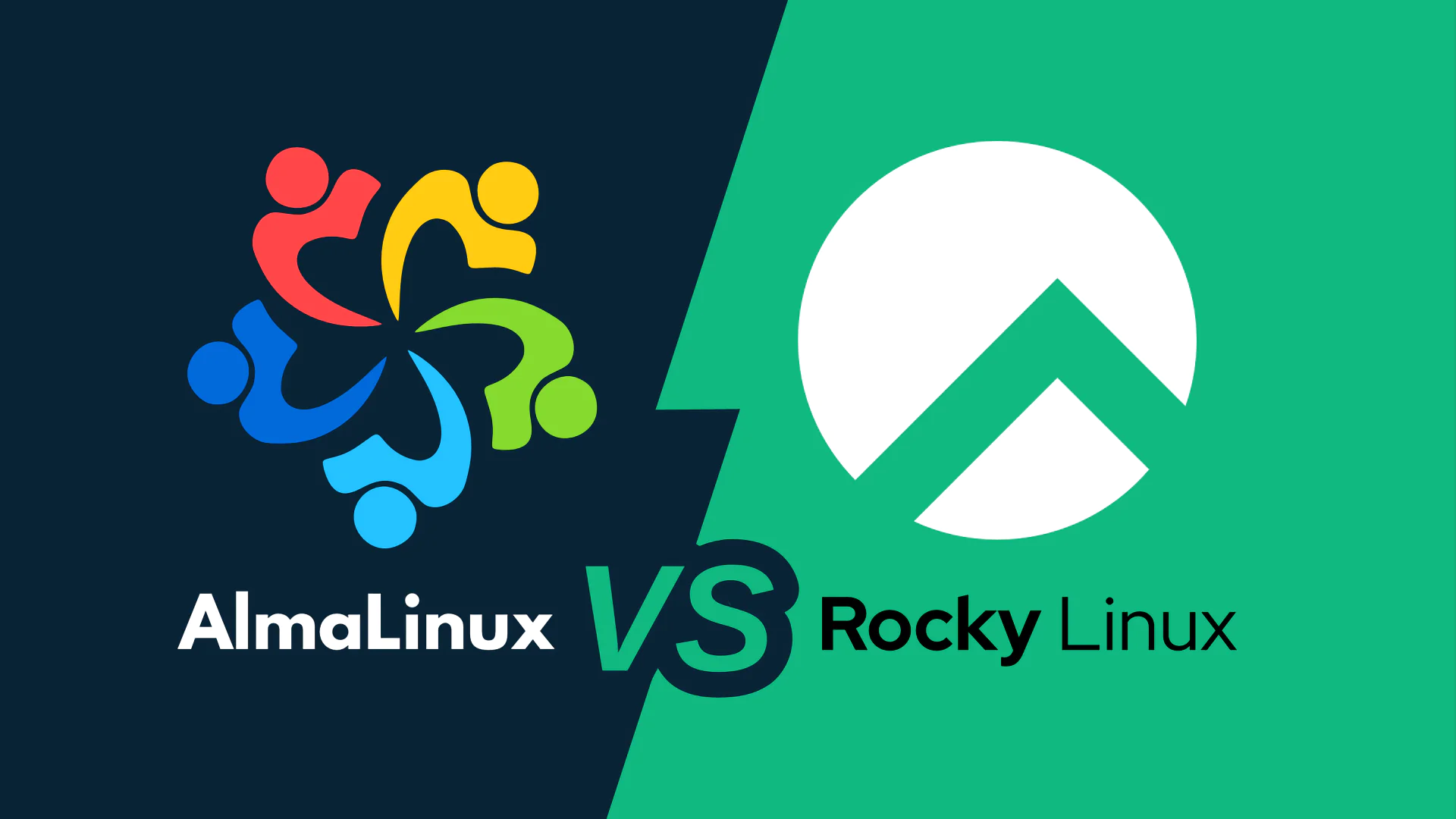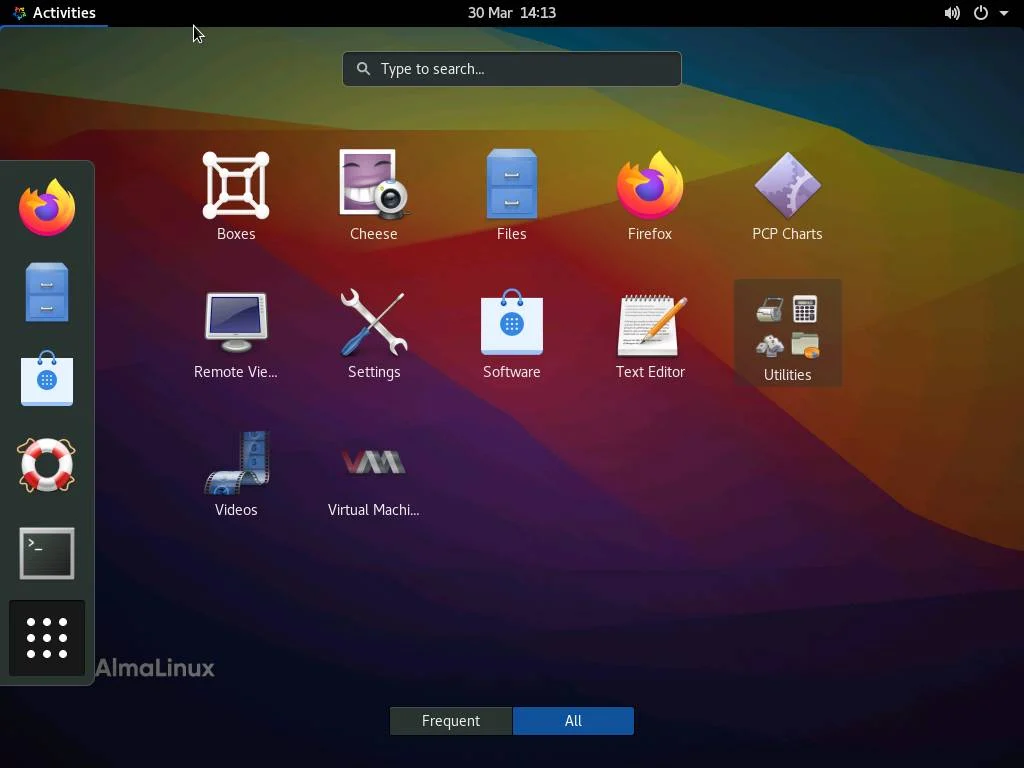
AlmaLinux: The Rising OS in the Linux World
AlmaLinux has emerged as a popular choice among Linux distributions, particularly after the shift in CentOS’s development strategy. In this comprehensive guide, we delve into what makes AlmaLinux a go-to choice for many in 2023, compare it with other leading distributions like Rocky Linux, CentOS, and Ubuntu, and explore its performance, upgrade process, and suitability for different environments.
Table of Contents
- AlmaLinux vs Rocky Linux: Commands and Performance
- AlmaLinux vs CentOS: Key Differences
- Upgrading AlmaLinux 8 to 9: A Step-by-Step Guide
- AlmaLinux vs Ubuntu: Which to Choose?
- Understanding AlmaLinux’s End-of-Life (EOL) Policy
- Why AlmaLinux Is Gaining Popularity in 2023
- AlmaLinux on Laptops and Servers: A Versatile OS
- Running AlmaLinux on KVM Virtual Private Servers (VPS)
AlmaLinux vs Rocky Linux: Commands and Performance
AlmaLinux and Rocky Linux are both seen as successors to CentOS, yet they have subtle differences in commands and performance. Both share a similar command structure, as they are derived from the same RHEL base. However, performance can slightly differ based on specific workloads and configurations. Here’s a basic command comparison:
# Example command in AlmaLinux
sudo dnf update
# Corresponding command in Rocky Linux
sudo dnf update
Performance tests generally show comparable results, but user experiences may vary depending on specific system setups and applications.

AlmaLinux vs CentOS: Key Differences
AlmaLinux was born out of the need for a CentOS alternative when CentOS shifted its focus to CentOS Stream. While both are RHEL derivatives, AlmaLinux promises a more stable and predictable release pattern, akin to the traditional CentOS. Users who prefer a more consistent, enterprise-oriented experience often lean towards AlmaLinux.
Upgrading AlmaLinux 8 to 9: A Step-by-Step Guide
Upgrading from AlmaLinux 8 to 9 is a straightforward process. Here’s a simple guide:
# Step 1: Update your current system
sudo dnf update -y
# Step 2: Install the AlmaLinux ELevate tool
sudo dnf install almalinux-elevate
# Step 3: Run the elevation process
sudo almalinux-elevate
Ensure to backup your data before starting the upgrade process. This approach provides a smooth transition to the latest version with minimal disruption.
AlmaLinux vs Ubuntu: Which to Choose?
The choice between AlmaLinux and Ubuntu largely depends on your specific needs. AlmaLinux, being an RHEL derivative, is preferred in enterprise environments that demand stability and long-term support. Ubuntu, on the other hand, is more popular in the developer community and offers more frequent updates. For server environments, AlmaLinux’s stability is often a deciding factor.
Understanding AlmaLinux’s End-of-Life (EOL) Policy
AlmaLinux maintains a clear EOL policy, with each release supported for at least five years. This longevity ensures stability and security for enterprise environments, making it a reliable choice for long-term projects.
Why AlmaLinux Is Gaining Popularity in 2023
AlmaLinux’s rise in popularity in 2023 can be attributed to its stability, robust community support, and its position as a free, open-source RHEL alternative. Its predictable release cycle and compatibility with existing CentOS/RHEL ecosystems make it an ideal choice for businesses looking for a reliable and secure operating system.
AlmaLinux on Laptops and Servers: A Versatile OS
While AlmaLinux is primarily seen as a server OS, its compatibility and performance also make it a viable choice for laptops, especially for users who prefer a Linux environment consistent with their server setups. AlmaLinux’s stability and RHEL compatibility provide a seamless experience across different hardware platforms.
Running AlmaLinux on KVM Virtual Private Servers (VPS)
AlmaLinux is well-suited for virtualized environments like KVM. Its lightweight nature and compatibility with RHEL make it an ideal choice for KVM-based VPS setups, offering a balance of performance and resource efficiency.

Conclusion
In conclusion, AlmaLinux stands out as a robust, versatile, and user-friendly Linux distribution. Its growing popularity in 2023 is a testament to its reliability, community support, and alignment with the needs of modern server and laptop environments. Whether for enterprise use, virtualized setups, or general-purpose computing, AlmaLinux presents a compelling choice for those seeking a stable and secure Linux experience.
You can start using Almalinux, but first you need to download iso here. Our mirror for Almalinux: https://mirror.mangohost.net/almalinux/

This article incorporates information and material from various online sources. We acknowledge and appreciate the work of all original authors, publishers, and websites. While every effort has been made to appropriately credit the source material, any unintentional oversight or omission does not constitute a copyright infringement. All trademarks, logos, and images mentioned are the property of their respective owners. If you believe that any content used in this article infringes upon your copyright, please contact us immediately for review and prompt action.
This article is intended for informational and educational purposes only and does not infringe on the rights of the copyright owners. If any copyrighted material has been used without proper credit or in violation of copyright laws, it is unintentional and we will rectify it promptly upon notification. Please note that the republishing, redistribution, or reproduction of part or all of the contents in any form is prohibited without express written permission from the author and website owner. For permissions or further inquiries, please contact us.


